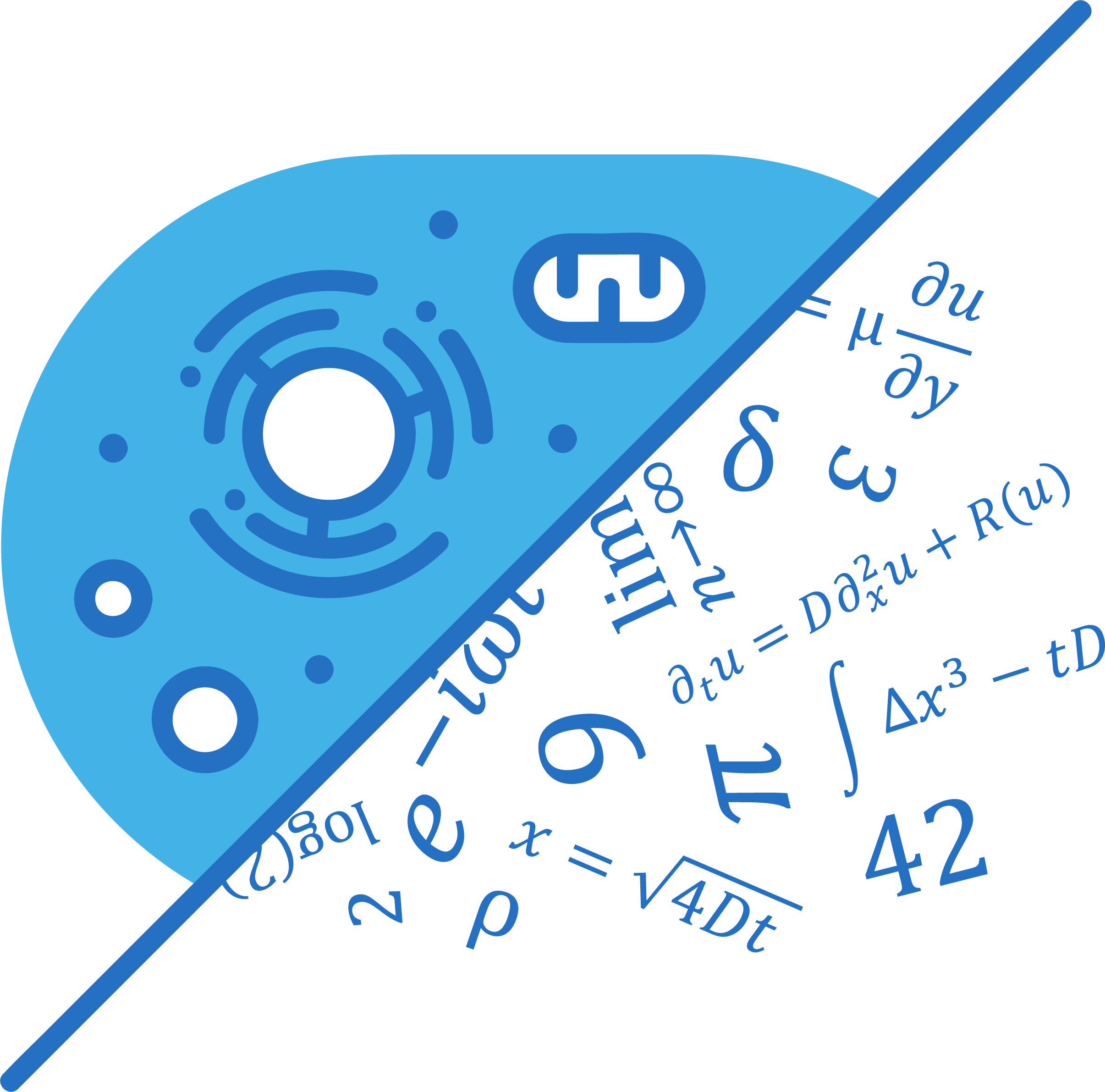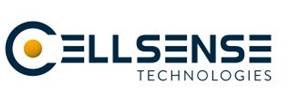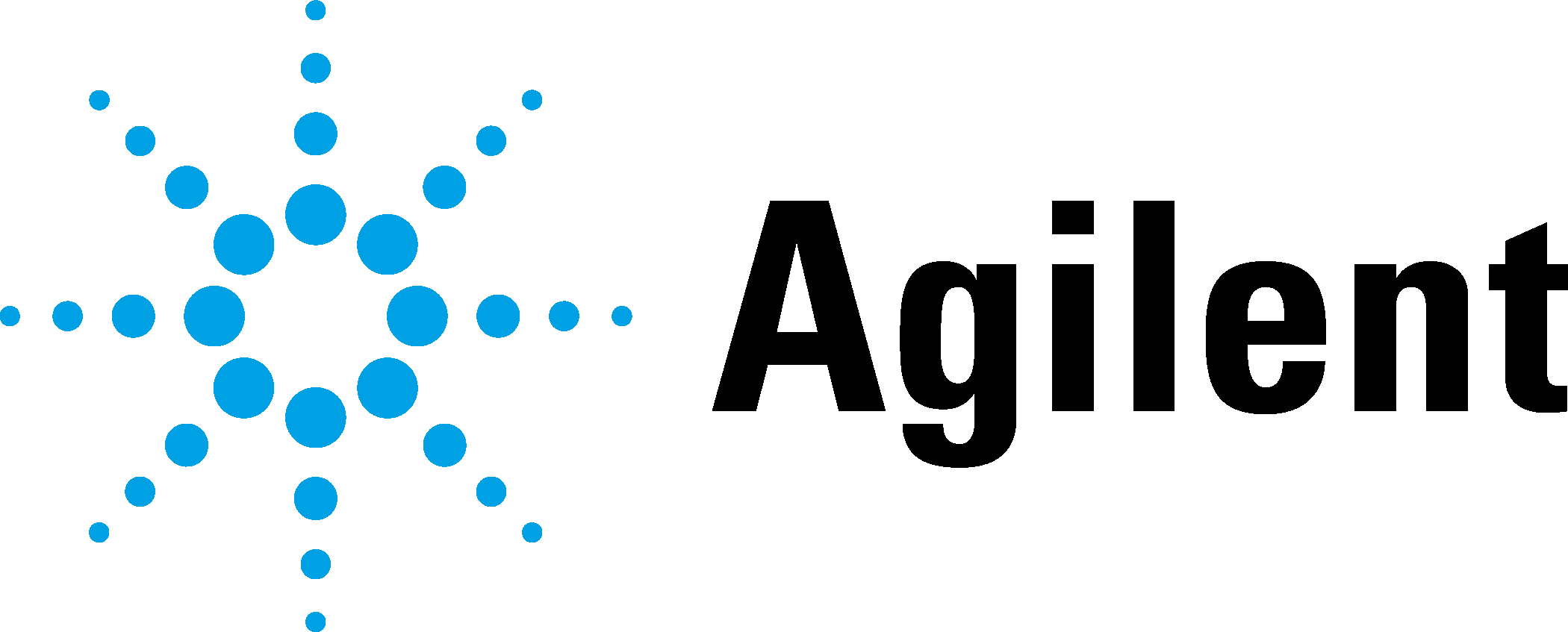|
15th Annual Symposium Physics of Cancer Leipzig, Germany Sept. 30 - Oct. 2, 2024 |
PoC - Physics of Cancer - Annual Symposium | |||||||||||||||||||||
|
|
Invited Talk
Tissue slices and tissue slice tandem co-culture models: from ex vivo tumor studies towards specific inhibition of glioma invasion
Contact: | Website
Classical two-dimensional (2D) cell culture only poorly recapitulates in vivo conditions of solid tumors, due to the lack of 3D interactions between tumor cells, the extracellular matrix (ECM) and surrounding cells, the lack of an intact tumor architecture as well as the absence of important physical and physiological processes. Cell proliferation, migration, morphology, physical properties, differentiation, protein expression, and responsiveness to drugs are substantially affected by the natural tumor environment. These drawbacks of 2D models require alternative models that are better suited to mimic the in vivo situation. On the other hand, animal studies are costly, ethically controversial, preclude larger-scale drug testing and often do not allow direct experimental interference and analysis.
In this talk, three-dimensional (3D) ex vivo tissue slice air-liquid interface (ALI) culture models are presented as an alternative to current models. Slices prepared from fresh tumor tissues, obtained from patients, tumor xenografts or patient-derived xenografts, are cultivated under ALI conditions. While this allows for the diffusion of oxygen, nutrients and drugs, cell viability and intact tissue architecture is maintained for up to 2 weeks, which is sufficient for studying physical and (patho-)physiological tissue properties as well as for experimental interference e.g. by applying test drugs and monitoring their effects. Glioblastomas (GBMs) are the most malignant brain tumors and are essentially incurable even after extensive surgery, radiotherapy, and chemotherapy, mainly because of extensive infiltration of tumor cells into the adjacent normal tissue. Thus, the evaluation of glioblastoma cell invasion into the surrounding tissue and the testing of novel drugs specifically interfering with these processes, requires sophisticated ex vivo models that approach the authentic interplay between tumor and host environment. We have developed organotypic brain tissue slice tandem co-culture systems, comprising of normal brain tissue from adult mice and tumor tissue from human glioblastoma xenografts, which allow for the specific analysis of tumor invasion and its specific inhibition by test drugs. In the microscopic analysis of vertical sections of the slice tandem-cultures, it can be distinguished between (i) bulk tumor growth, (ii) space occupying tumor growth into the host tissue, and (iii) the invasive potential of single tumor cells or cell aggregates, mainly contributing to malignant tumor progression. Certain inhibitors particularly address glioblastoma invasion, with the potential of giving novel insights into the biological and physical basis of tumor cell migration, and offering innovative strategies for therapeutic intervention. |









